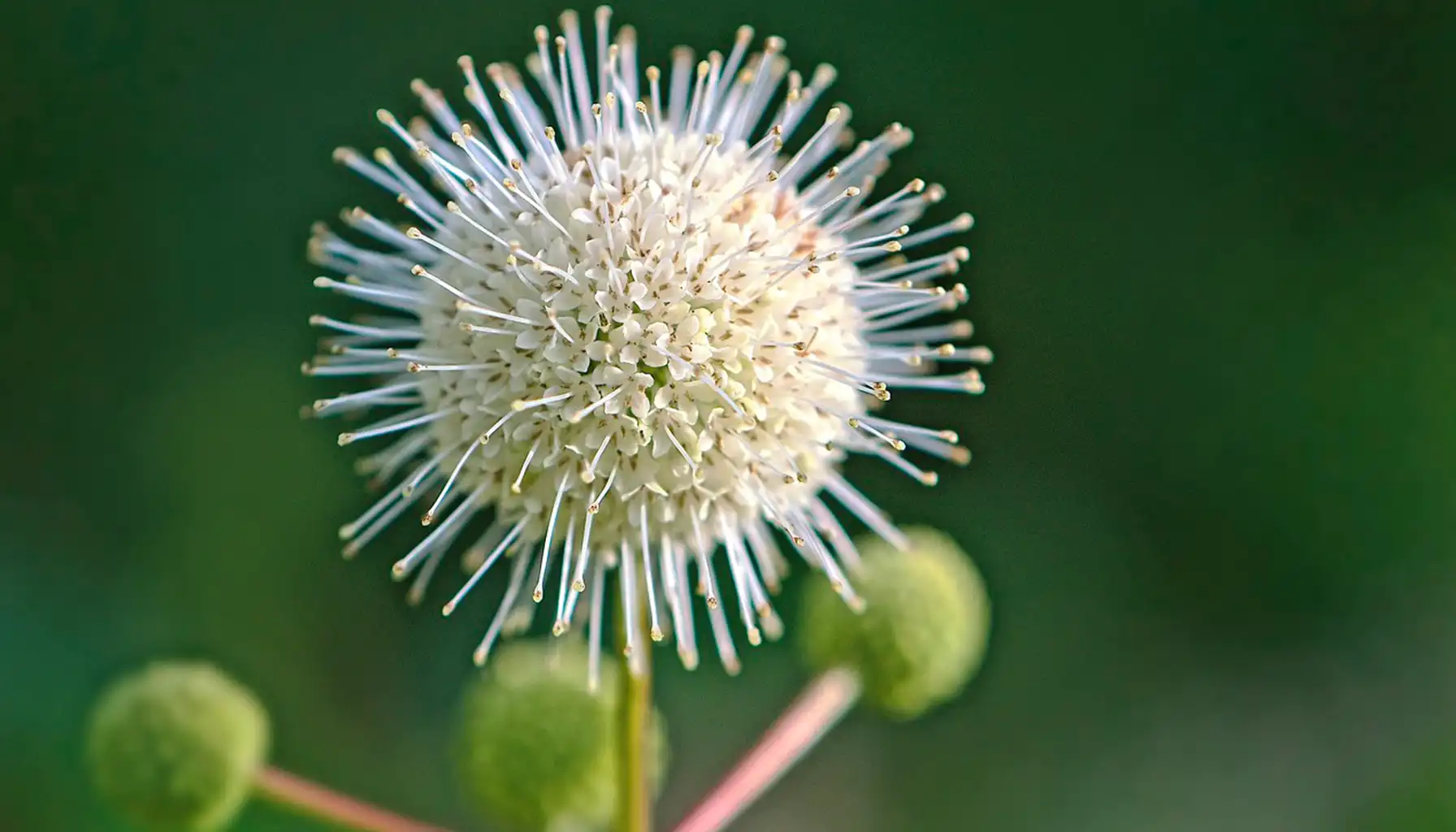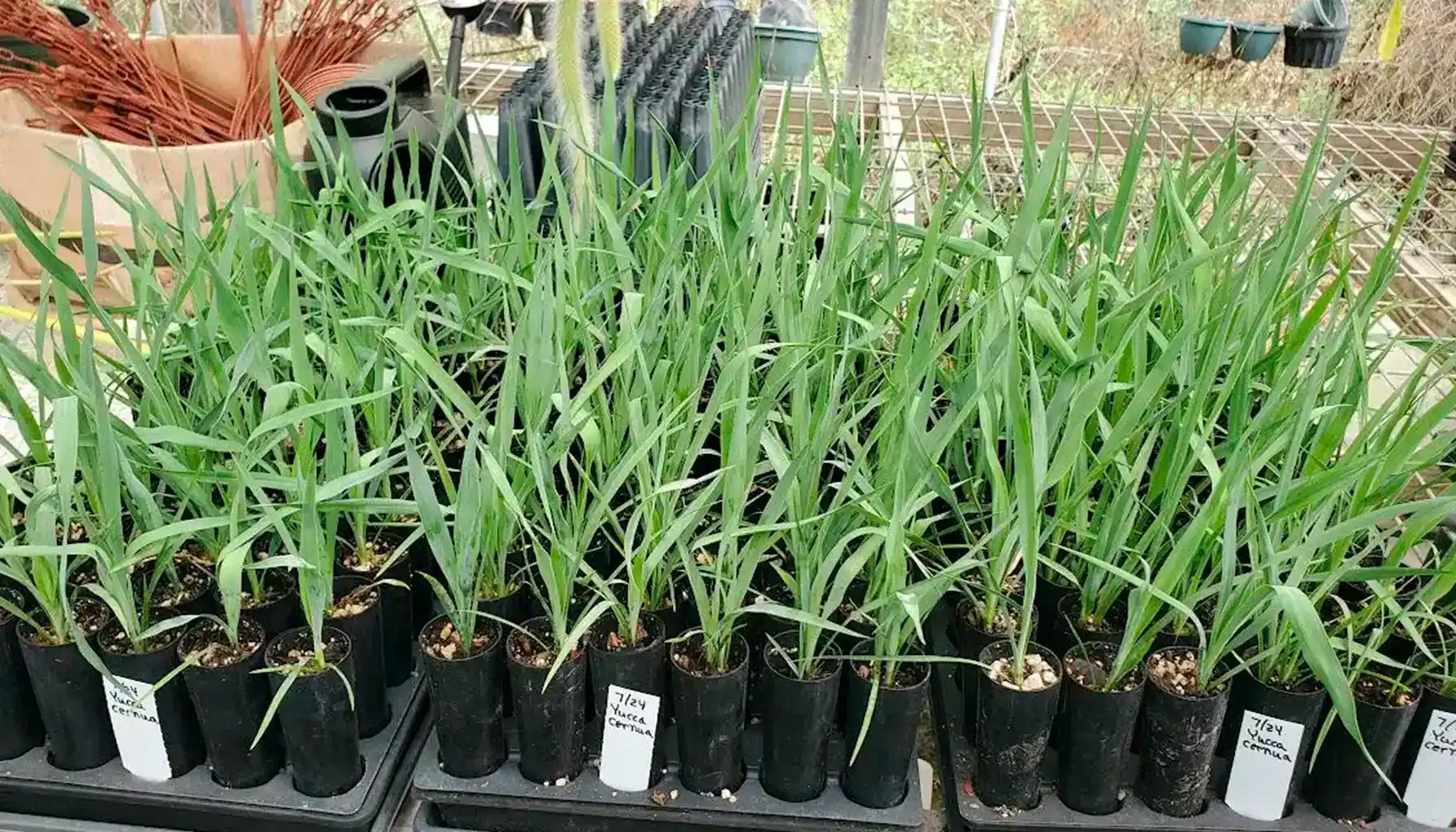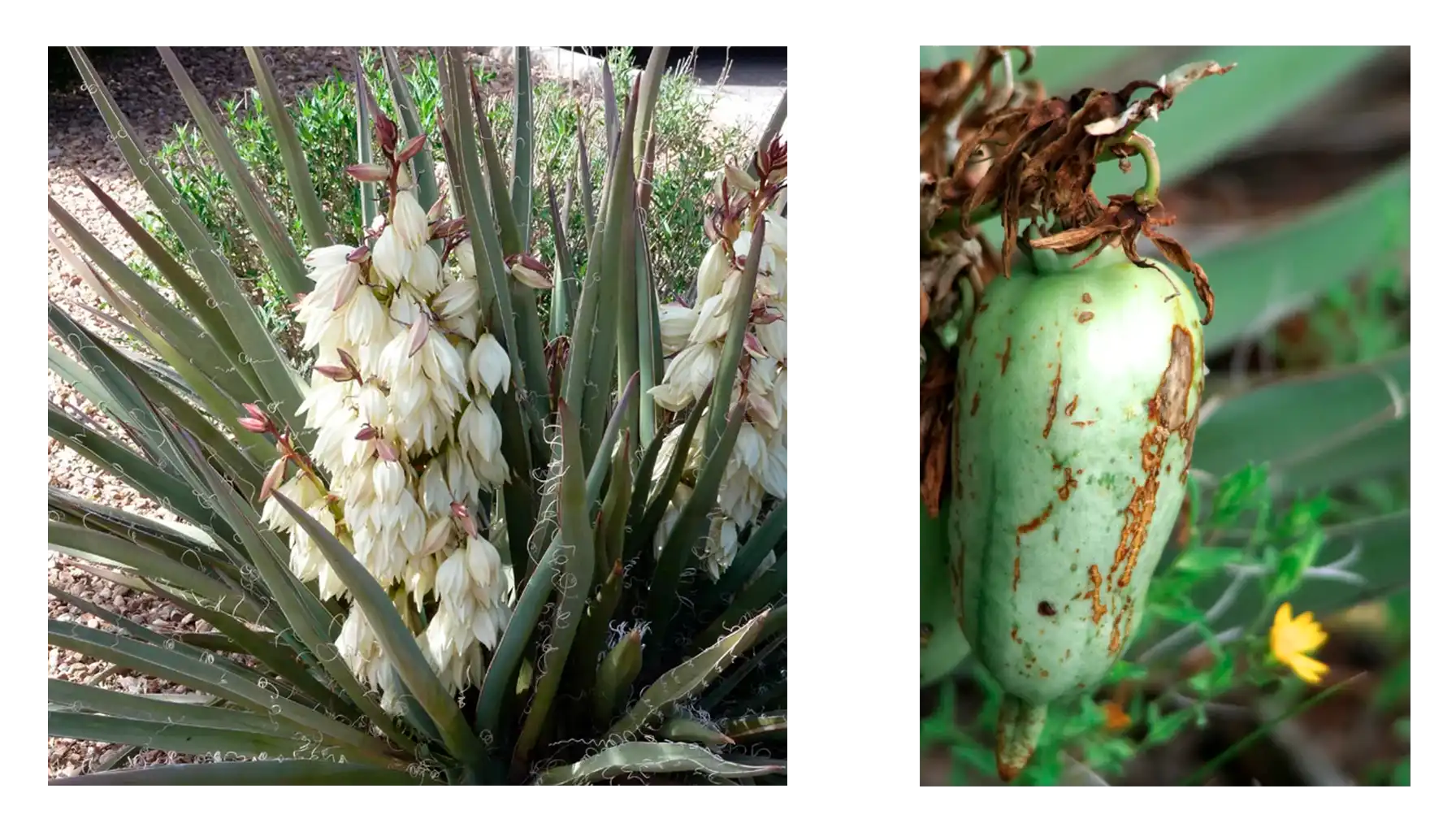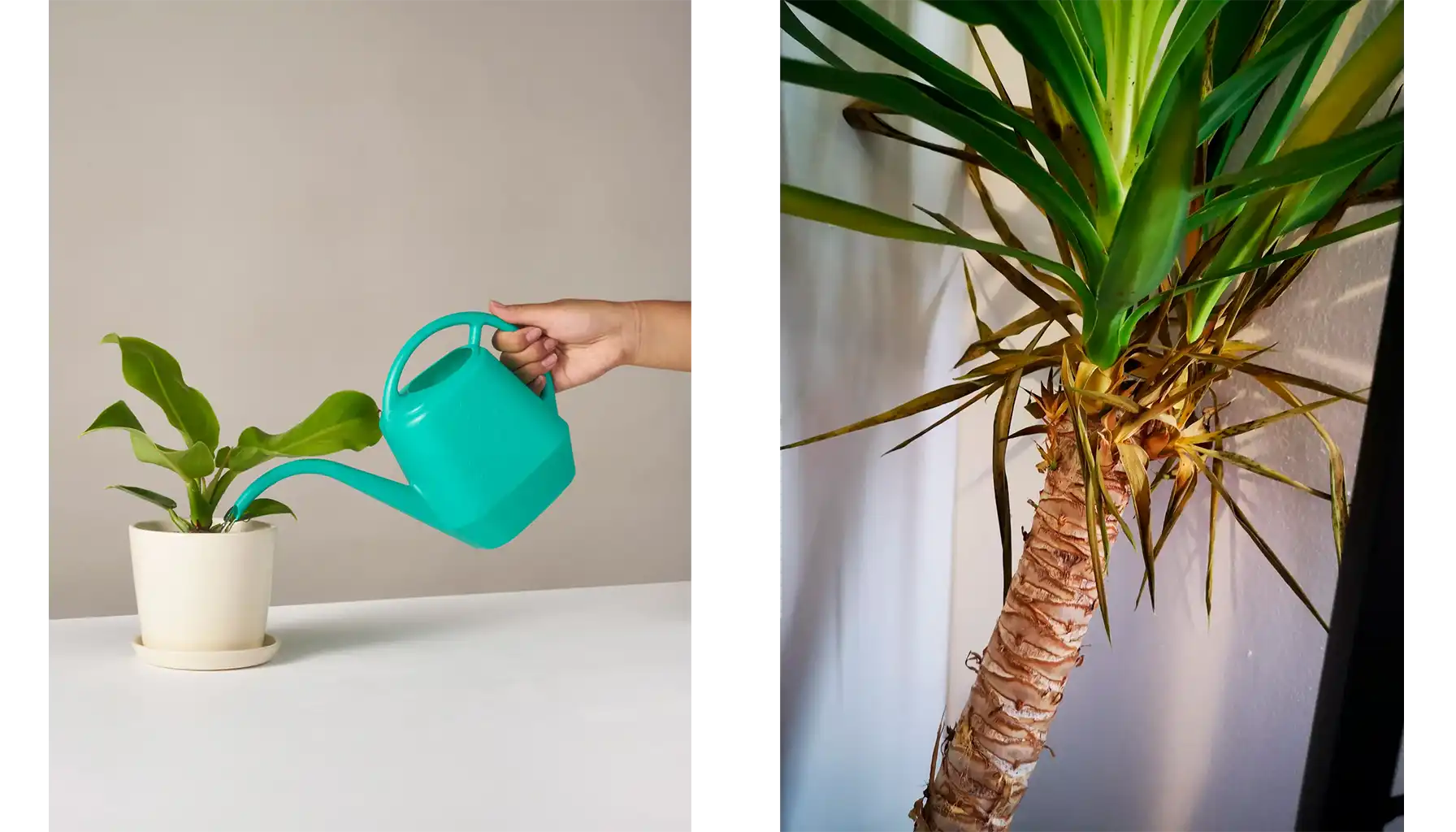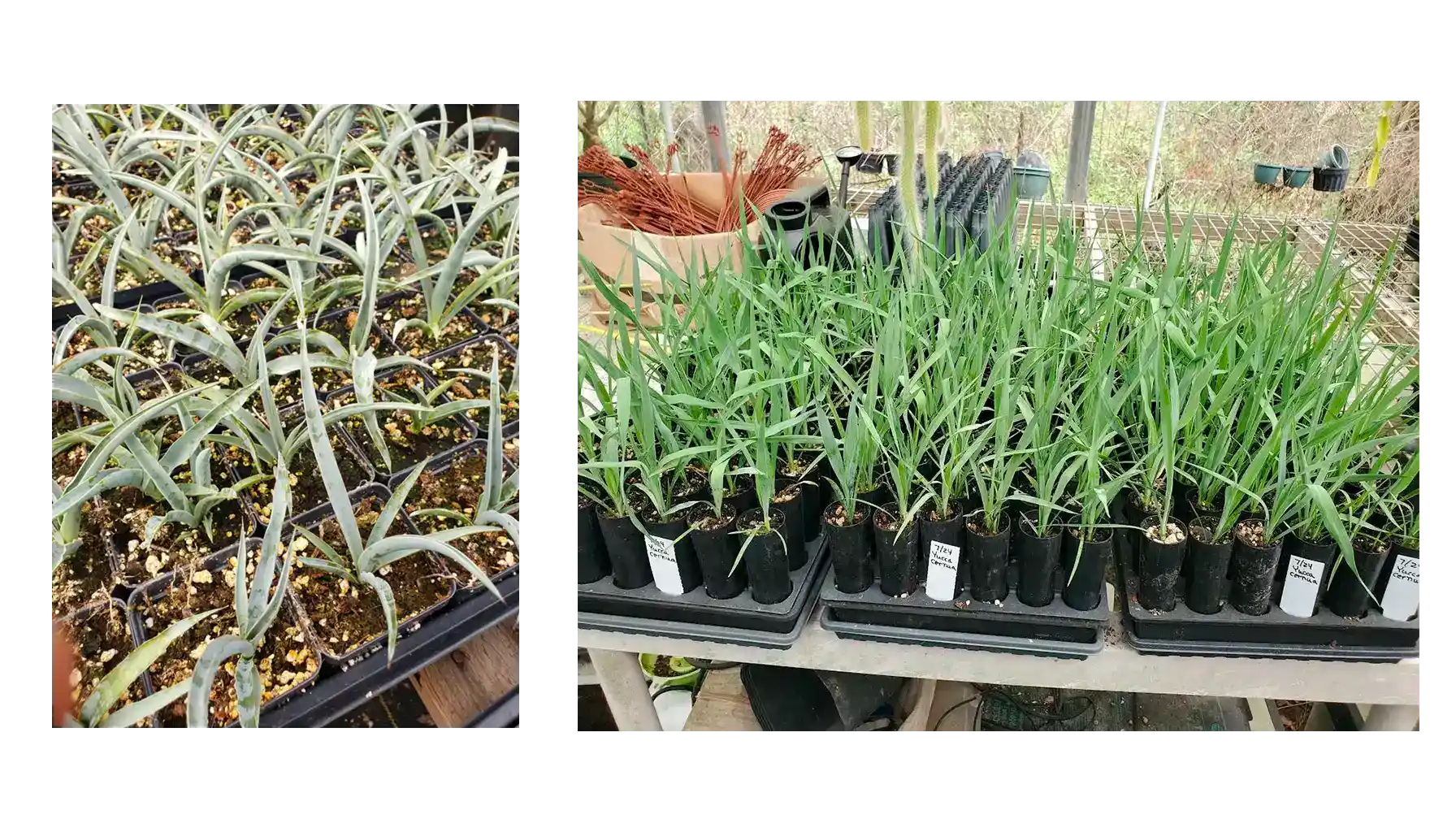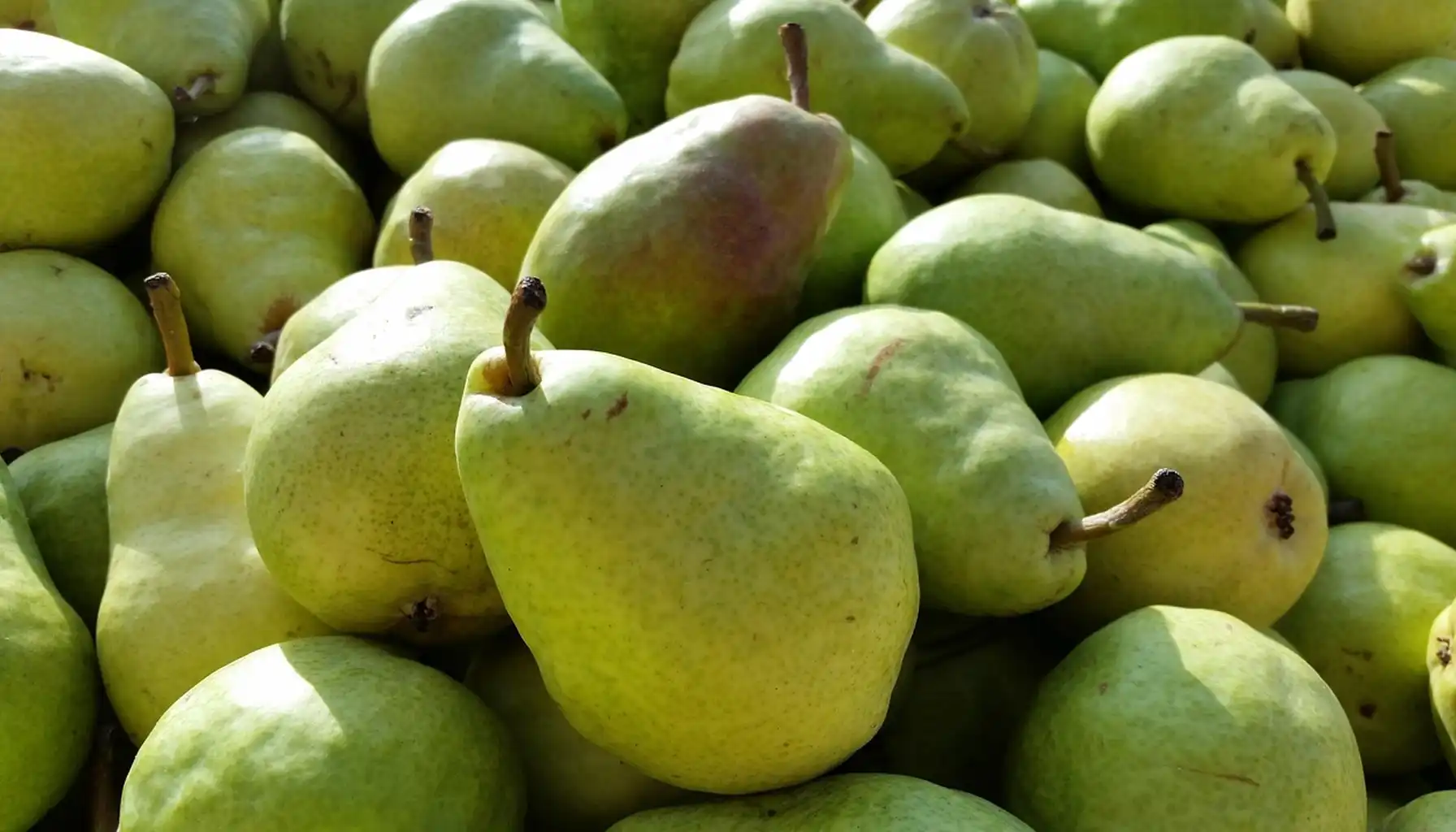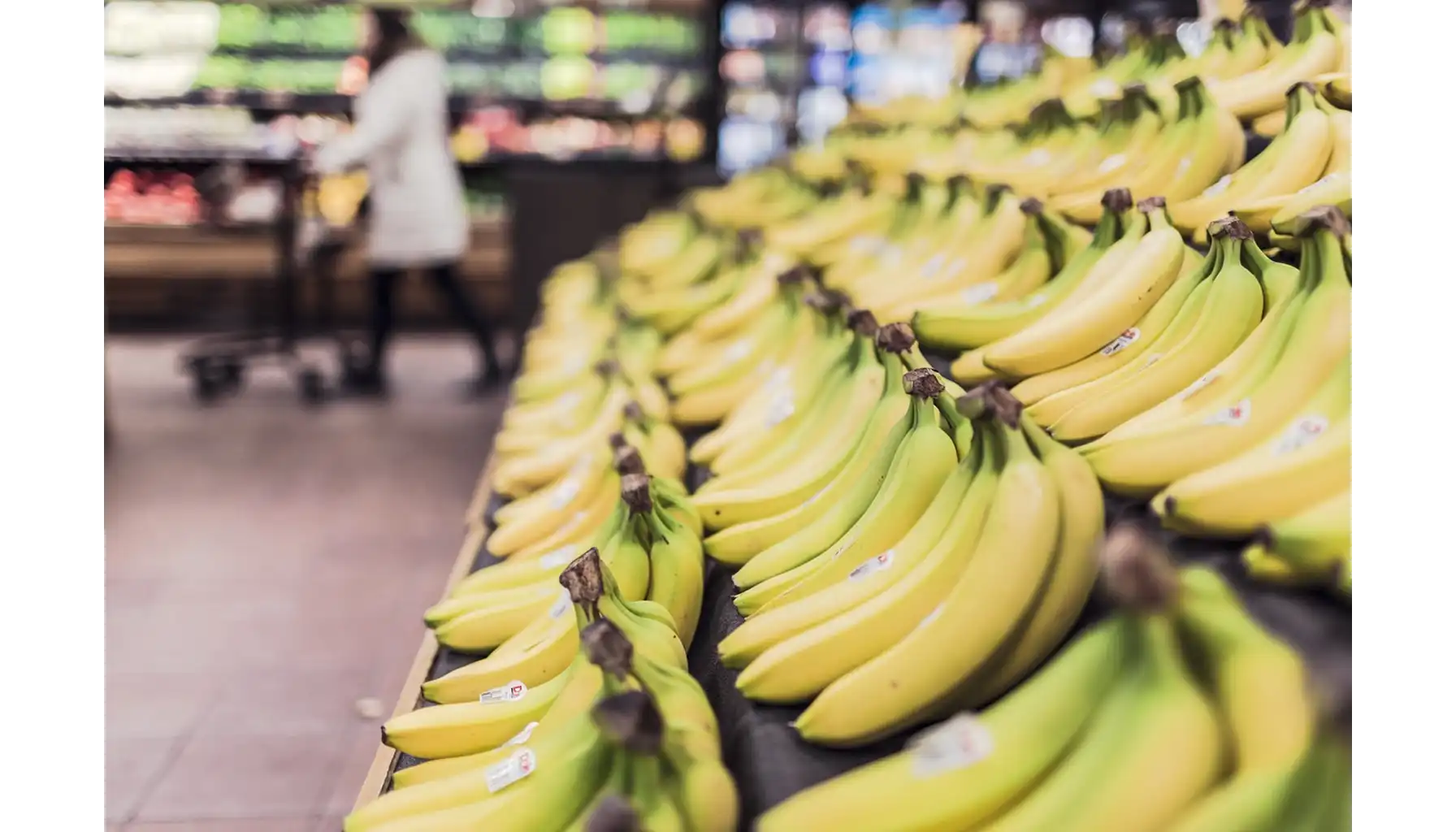What happens when you combine two sweet food-making plants, like Banana and Yucca? You get a Banana Yucca plant!
This article will tell you about this plant’s care needs, food production, landscaping, and so much more.
What plant is this? Have you ever asked yourself these questions? Now, plant identification apps can help you get the answer.
Describing Banana Yucca (Yucca Baccata)
In the American Southwest, in the deserts, grows Bana Yucca. It has a few other nicknames like Datil Yucca, Broadleaf Yucca, and the scientific name “Bacata”.
Banana Yucca is from the Yucca genus, and is usually one trunk with many clumps at ground level. This plant has no “familial” ties with bananas and got its name from the fruits it grows, resembling short greenish bananas.
Yucca Banana Overview |
Feature | Details |
Origin | Southwestern United States (Arizona, New Mexico, Utah, Nevada, Colorado) and northern Mexico |
Type | Evergreen perennial succulent |
Size | Height: 2–4 ft (60–120 cm) Spread: 3–6 ft (90–180 cm) |
Life span | Long-lived perennial, often surviving 20–50 years or more in suitable conditions |
Leaf Colors | Bluish-green to gray-green, sometimes with a powdery or waxy coating |
Flowers | Bell-shaped, with creamy colour |
Propagation | By seeds, but more often by offset division |
Toxicity | Non-toxic to humans and edible, but might upset a pet’s stomach if eaten too much |
Special Features | Easy to manage, edible, and landscapeable |
Banana Yucca Care
If you already own an Agave or any other big succulent, then you already know quite well how to take care of Yucca.
We will give you a short care guide on this plant now.
Light Requirements
Full sun is essential. Yucca thrives in bright, direct sunlight and should be under the sun for at least 6–8 hours daily.
Temperature Requirements
Yucca is naturally adapted to hot, desert climates. The ideal range would be 60–95°F (15–35°C).
At a lower temperature, it will have sustained growth or go into hibernation.
Watering Requirements
You should water this shrub deeply but infrequently. During the growing season (spring–summer), you can water it every 2–3 weeks (if the rain doesn’t fall).
All Yuccas need more water when they are small, but when they reach maturity, they get established and can survive longer periods in droughts.
Soil Requirements
Many desert-living plants prefer well-draining soil. Sandy, gravelly, or rocky types are best. Some experts advise using a mix of 2 parts cactus/succulent soil + 1 part coarse sand or perlite.
Avoid clay or waterlogged soil at all costs! Such mixes will lead to root rot, a dangerous condition for any succulents like Banana Yucca, Aloe Ferox, and others.
Fertilizer Requirements
Generally, succulents don't need much feeding. If you manage to grow Yucca in a container, you can feed it with a diluted cactus fertilizer once in the spring.
Propagation and Planting
Would you like to start over again and grow a new shrub? We’ve got you covered.
You can multiply this shrub just like you would a cactus, i.e., by “pups”. Pups are small offsets, little “copies” growing on and around the plant. Give them enough space and care, and a new specimen will grow.
Choose a healthy offset: Look for small rosettes growing from the base of the parent plant (at least 6 inches tall).
Separate the pup: Gently dig around the pup and cut it away with a bit of its root system attached. Some may have no roots yet, but don’t worry. They will grow roots later; just give them time.
Dry the cutting: Let the pup dry in a shaded, airy spot for 1–2 days. This seals the cut and helps prevent rot.
Plant the pup: Place it in well-draining soil, and set it just deep enough to anchor the base.
Water lightly: Wait a few days after planting, then water the plant sparingly. Keep the soil just barely moist until roots form (2–4 weeks), then reduce watering. After that period, the shrub nuggets partially established and retained water more easily.
Wait for rooting: Roots usually appear within 1–2 months. Once established, treat it like an adult plant.
Toxicity and Edibility
Good news! Banana Yucca is generally non-toxic. In fact, the Banana Yucca fruits, flowers, and flower stalks of the Banana Yucca were traditionally eaten by many Indigenous peoples of the American Southwest. People say that these fruits taste like a mix between sweet potato and banana.
One part of this plant, though, is dubious edible. The leaves. Yuccas contain saponins in their leaves, which a natural soap-like compounds. If pets ingest it, they might experience diarrhea.
All in all, it is not a plant with edible leaves, but other parts are not just edible, but delicious.
Gardening Benefits
We all know that Yuccas are great. They are edible, strong, and so many things can be made from them. What about the Banana cultivar? Let’s see if it is just as useful.
Category | Benefit |
Ecological | Supports pollinators (yucca moths, bees, beetles). Stabilizes desert soil and prevents erosion |
Edible | Fruits (“banana pods”) are edible. Flowers and young stalks can be cooked. Seeds can be ground into meal or porridge |
Medicinal | Roots contain saponins used as natural soap or shampoo. |
Practical/Fiber | Leaves provide strong fibers for cords, mats, sandals, ropes, and baskets |
Landscaping | Highly drought-tolerant and low-maintenance. Has an architectural and sculptural form. |
Scan More Plants
Gardeners often grow more than just one specimen, and you probably have lots of flora in your collection. Would you like to know more about your plants? Try this app!
AI Plant Finder
AI Plant Finder is an app designed to help users identify plants, diagnose plant diseases, and manage plant care routines. It is available for both Android and iOS devices.
Here is the short list of what the pap can do:
Instant Plant Identification: Take a photo of a plant, flower, tree, or leaf, and the app identifies it with high accuracy ( 97%).
Disease Diagnosis and Treatment: Upload a photo of a sick plant, and the app diagnoses potential issues and suggests treatments.
Personalized Care Reminders: Set reminders for watering, pruning, fertilizing, and other maintenance tasks.
Light Meter and Water Calculator: Tools to measure light conditions and calculate optimal watering schedules.
Give AI Plant Finder a go! The app is free.
Related AI Plant Finder Posts
